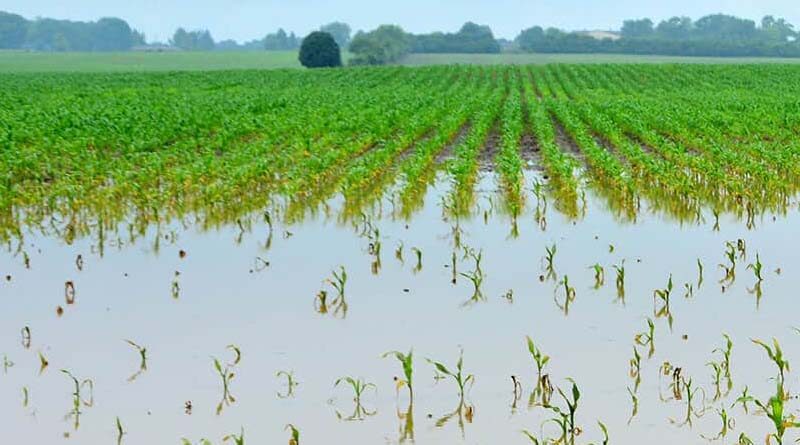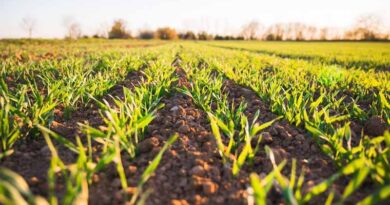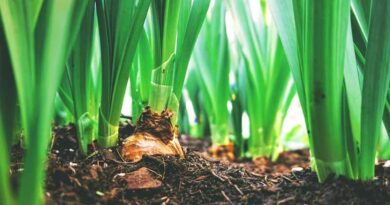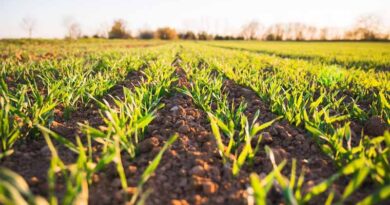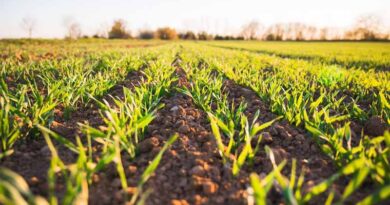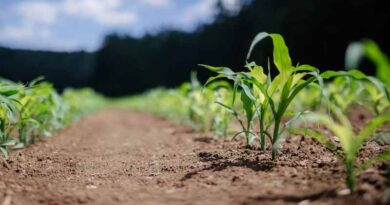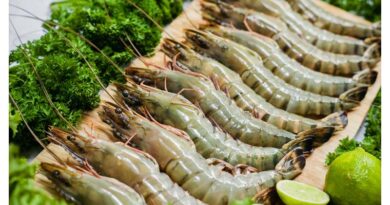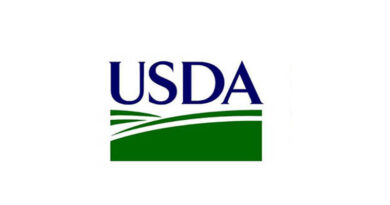5 Signs you might be overirrigating or underirrigating
29 December 2021, US: Overirrigation is a typical mistake made by farmers, especially when soil moisture monitoring instruments are not used. The extra water you applied, which you assumed would help the plant grow even bigger, may be the cause of your plants’ wilting and yellow leaves. Here are several indicators that your plants are getting too much or too little water.
Your field has plenty of water but your plants are wilting
The roots of the plant absorb nutrients from the soil. Roots need a mix of water, nutrients, and oxygen to survive and develop for plants to grow optimally. The gaps between the soil particles should be filled with oxygen in the ideal situation. Overwatering fills the gaps between soil particles with water and pushes the oxygen out, decreasing the amount of oxygen available to plant roots. When this happens, your plants will wilt, giving the impression that there isn’t enough water even when the soil is clearly saturated.
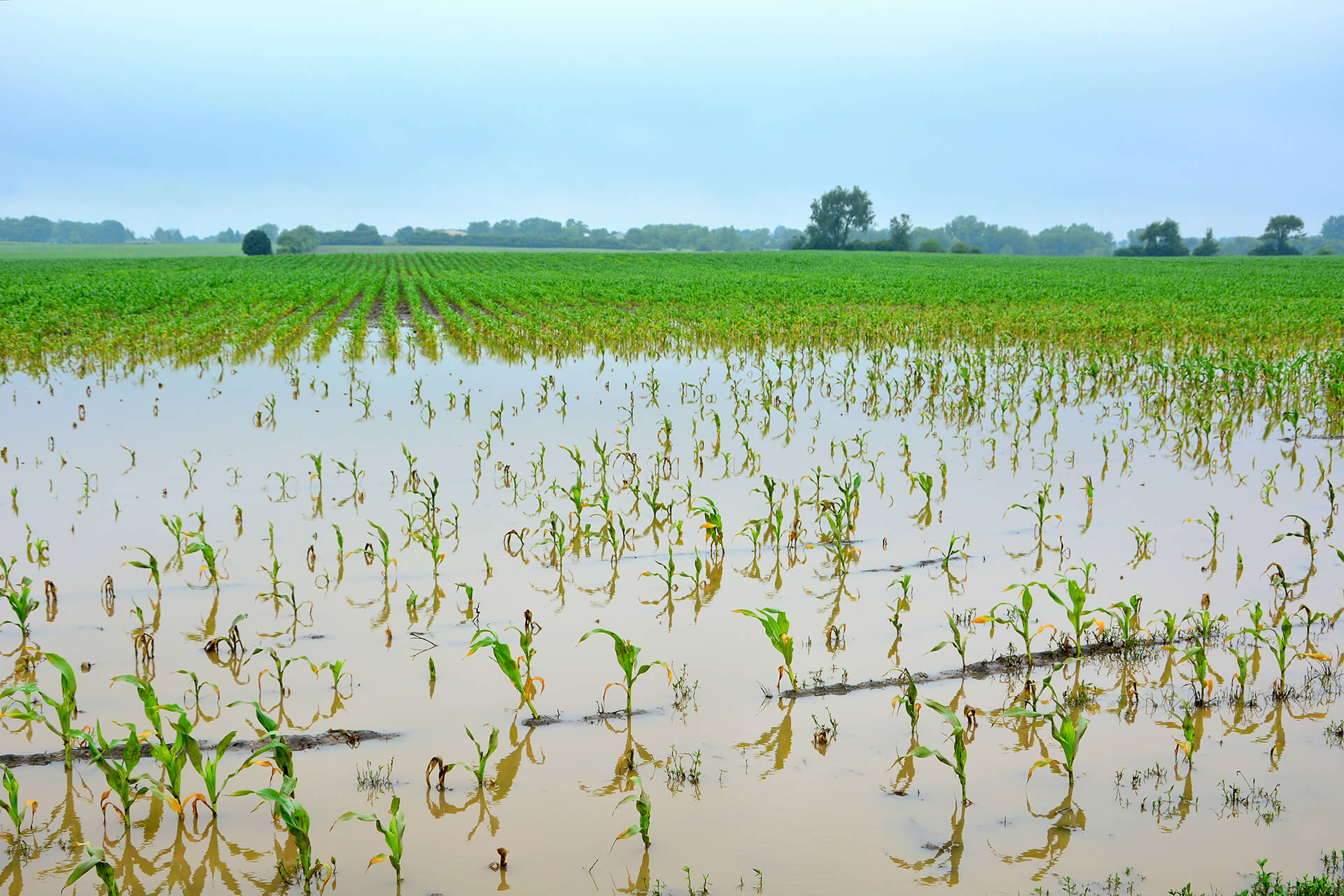
Your plants have yellow leaves which turn brown and wilt
Plant growth suddenly stops, and leaves turn yellow, then brown, indicating either over or under-irrigation. Examine the leaves: if they’re crisp, you’re probably under-irrigating; if they’re mushy to the touch, you’re probably over-irrigating.
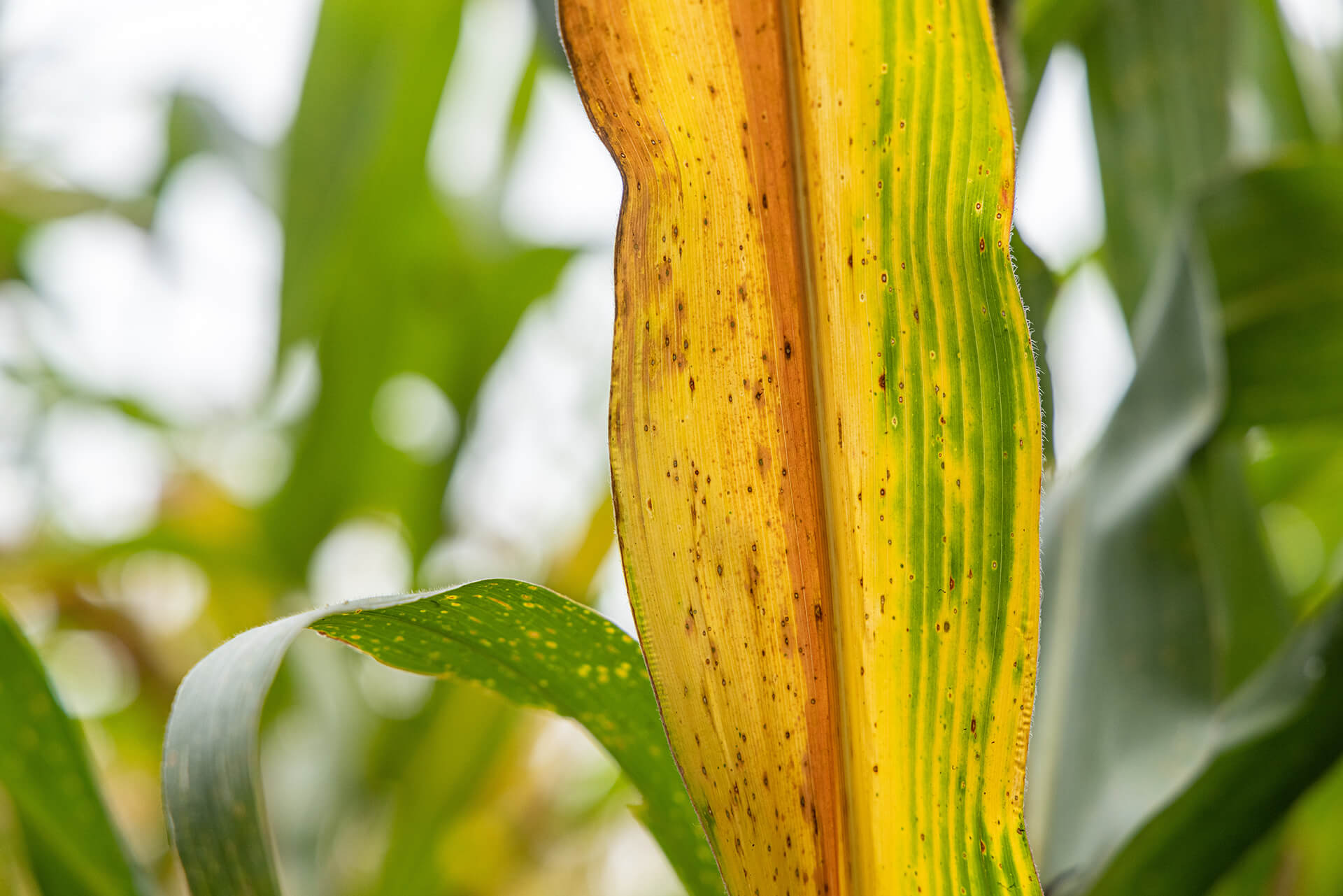
Leaves falling
In both overirrigating and underirrigating scenarios, leaves fall. The premature fall of both young and old leaves, as well as the failure of buds to open, is an indication of too much water.
Leaf blister
Excess water reaching the roots can also be seen in the plant’s top portions, such as the stem and leaves. When there is too much water in the leaves, they cannot withstand the stress and the water breaks out, resulting in leaf blisters.
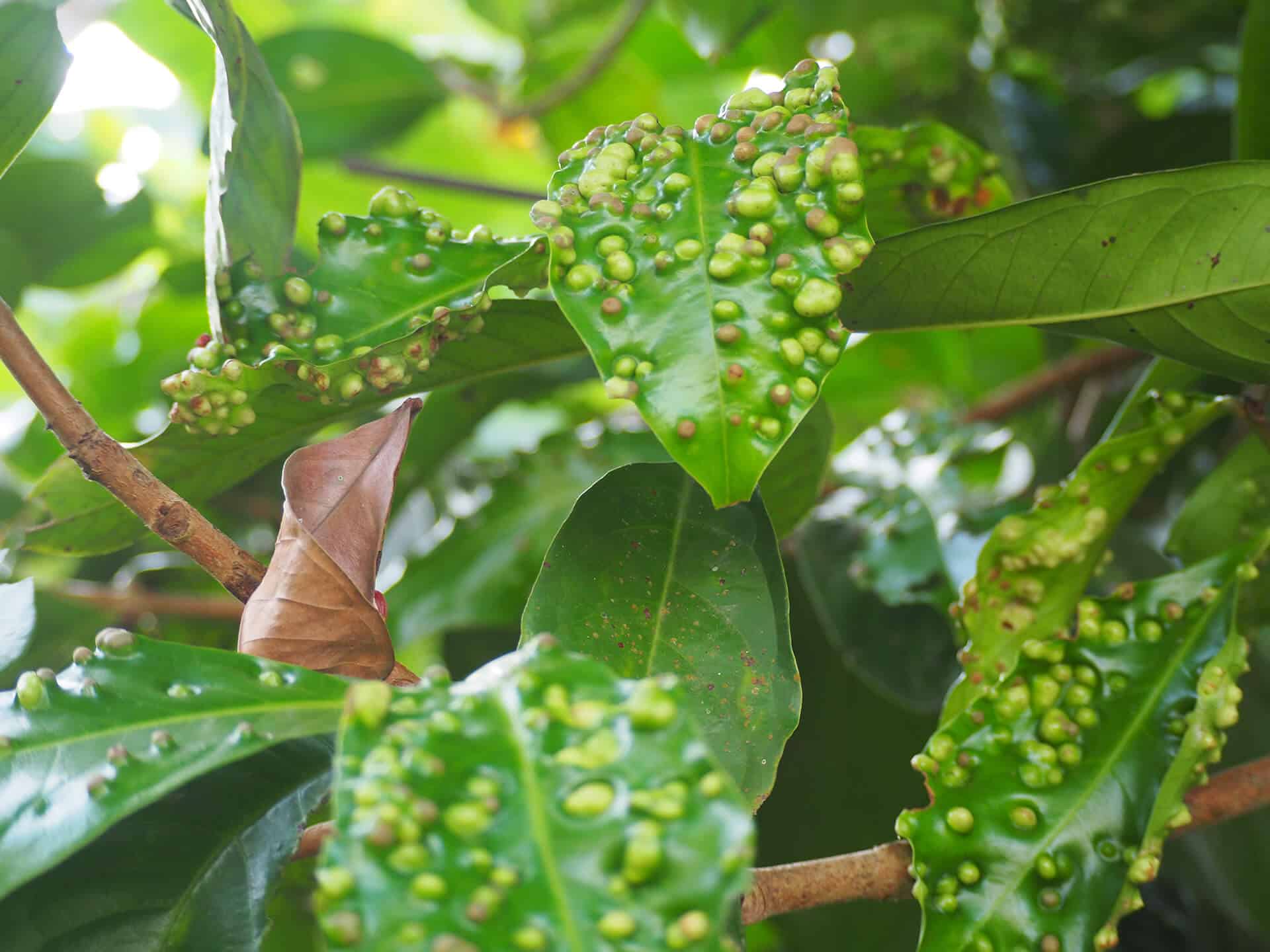
The soil
Before irrigating, inspect the soil. If you can locate moisture from your previous irrigation cycle 5 cm/2″ below the soil surface, you may be over-irrigating. On the other hand, if the soil is so hard that you can’t get a screwdriver through it, you might be over-irrigating.
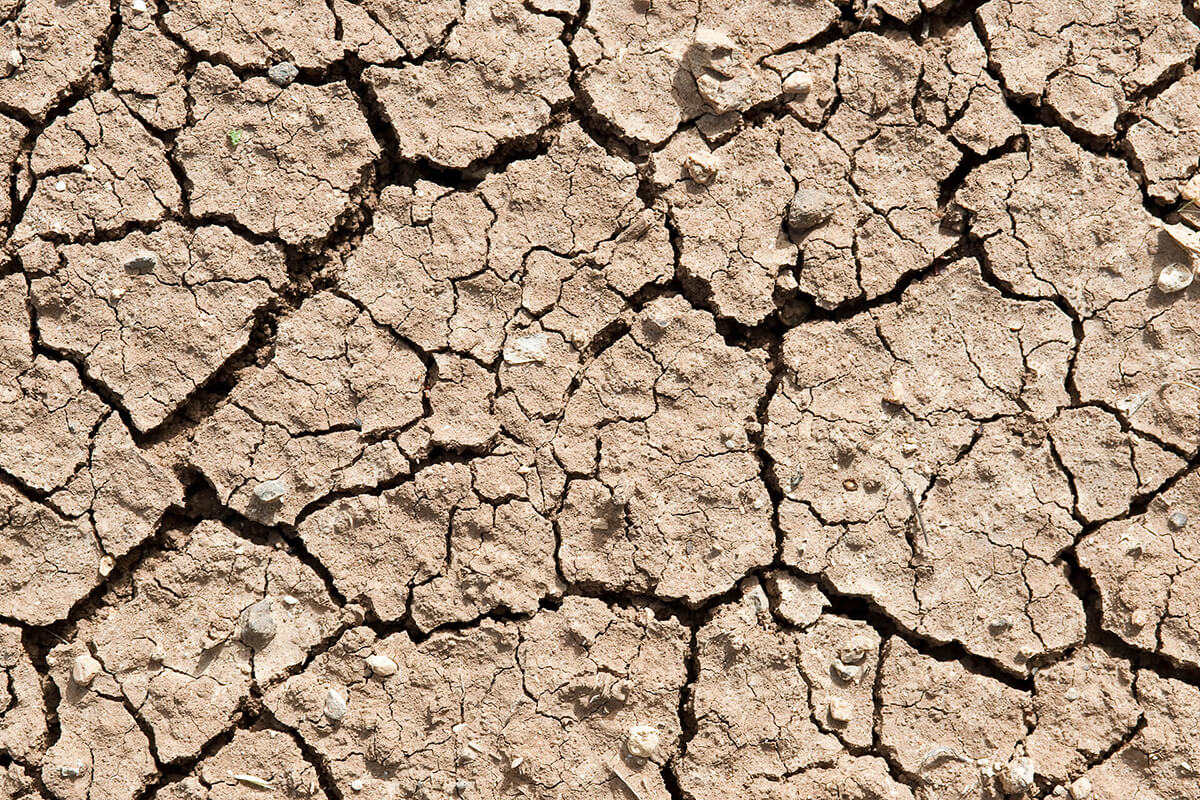
How to avoid over-irrigating or under-irrigating?
Irrigation management must consider not only the water delivered through irrigation and rainfall, but also how this water moves through the soil and the soil’s capacity to store and make this water available to plant roots. Pay attention to the structure of your soil and its field capacity. Plant development is optimal when soil moisture is around the soil’s field capacity, so the water level should be assessed and taken into account for irrigation scheduling and maintenance. You can keep an eye on your fields and check if your plants are healthy or stressed using modern technologies like Manna or Rivulis ReelView.
In addition to the above guide, it should be noted that in some cases you want to deliberately stress your plants via under-irrigation (e.g. reduced deficit irrigation regimes).

